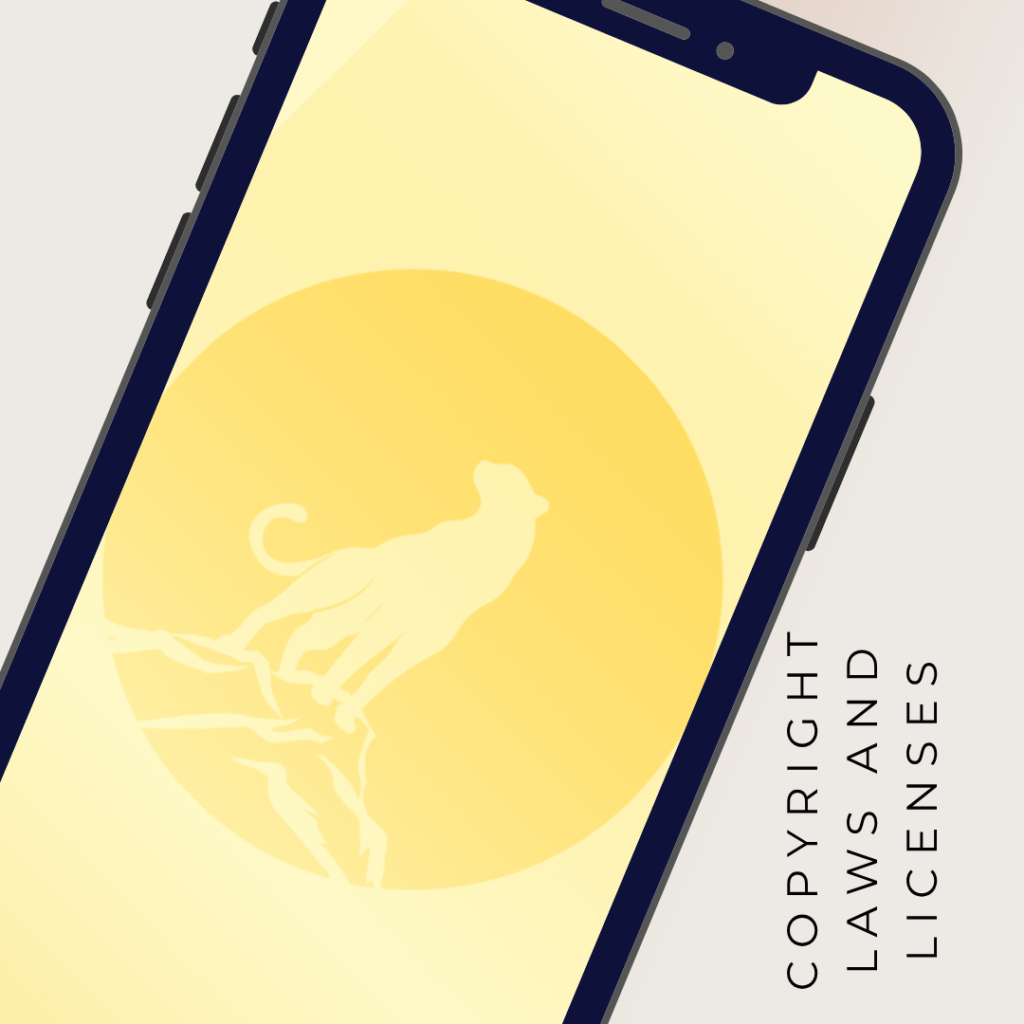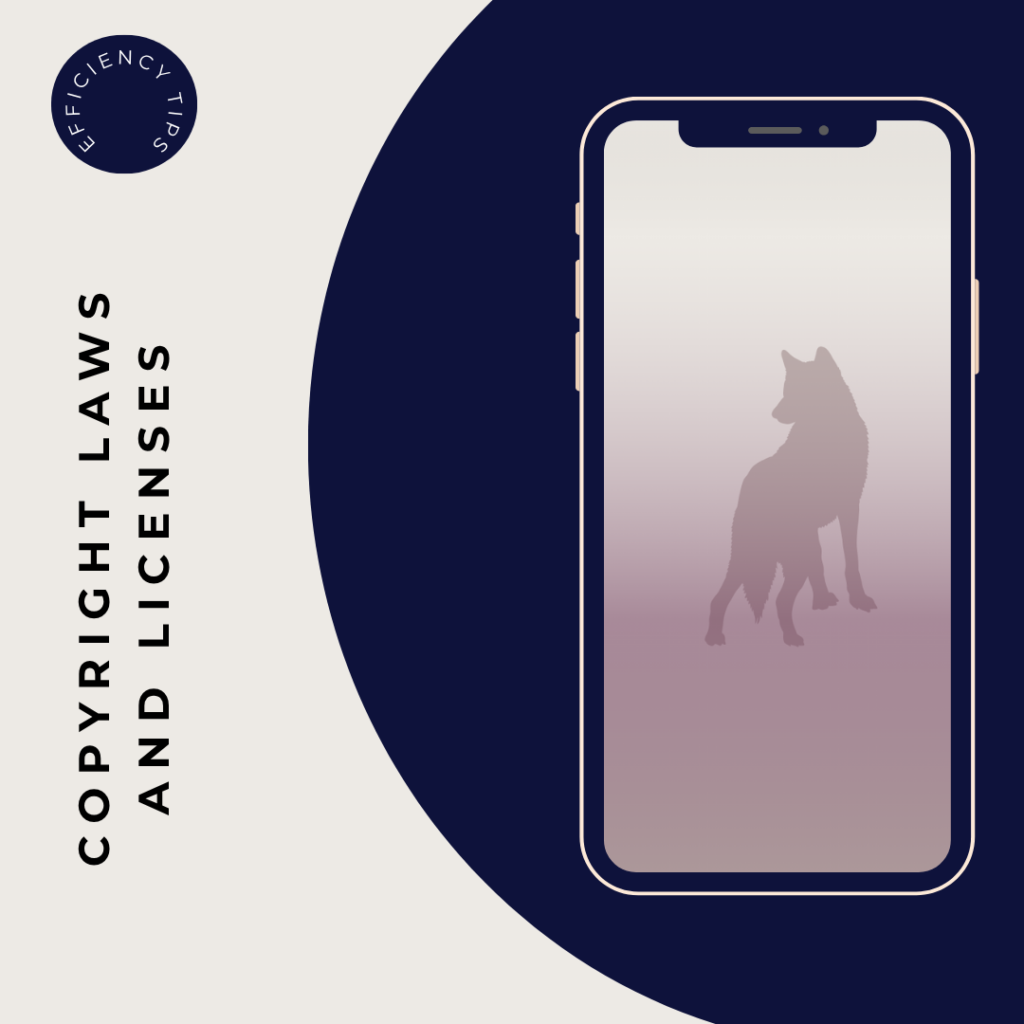Understanding Copyright Laws and Licenses: A Comprehensive Guide
In today’s digital world, it’s crucial to understand the importance of copyright laws and licenses. Whether you’re a content creator, a business owner, or someone simply sharing videos or music online, navigating copyright regulations is key to ensuring your work is protected and used appropriately. This guide will explore the essential aspects of copyright laws, the different types of licenses, and how they can help safeguard intellectual property.
What is Copyright and Why Does It Matter?
At its core, copyright is a legal term used to describe the rights of creators over their original works. This protection covers a broad range of creative works, including music, literature, art, movies, software, and more. The purpose of copyright laws is to give creators control over how their works are used, allowing them to profit from their intellectual property.
Understanding copyright is important because it protects your creative efforts from unauthorized use. Without copyright protection, anyone could copy, distribute, or profit from your work without your permission. This legal safeguard helps ensure that creators are rewarded for their work, encouraging continued innovation and creativity.
In addition, copyright laws help maintain the integrity of creative works. When you create something original, copyright law grants you the exclusive right to distribute, perform, or reproduce your work. This allows creators to decide how their works are shared and used, ensuring they can maintain control over their content.
Different Types of Copyright Licenses
Once you understand the basics of copyright, it’s essential to explore licenses. A license is a legal agreement that allows someone else to use your copyrighted material under certain conditions. There are several types of licenses, each offering different levels of control and freedom for both the copyright holder and the licensee.
Exclusive Licenses: When a copyright holder grants an exclusive license, they give the licensee the sole right to use the work. This means that no one else, including the original creator, can use the work in the same way. Exclusive licenses are often granted for specific territories, time periods, or usage purposes.
Non-Exclusive Licenses: A non-exclusive license allows the copyright holder to grant usage rights to multiple parties. With this type of license, the original creator can still use the work and license it to others as well. Non-exclusive licenses are often used for content that needs to be distributed or reused across various platforms or markets.
Creative Commons Licenses: For creators who want to allow others to use their works with some conditions, Creative Commons (CC) licenses are a great option. These licenses come with different levels of restriction. For example, some Creative Commons licenses allow people to use the work as long as they provide attribution, while others may restrict commercial use or modifications to the original work.
Public Domain: Works in the public domain are not protected by copyright and can be used freely by anyone. Typically, works enter the public domain after a certain period of time or when the copyright holder explicitly gives up their rights. Understanding public domain works is important for creators who want to use materials without worrying about copyright infringement.
Each type of license offers unique benefits depending on how much control a creator wants over their work and how they want others to use it.
How to Protect Your Work with Copyright Laws
Protecting your work through copyright is relatively simple but vital for ensuring your intellectual property is safeguarded. When you create an original work, it’s automatically protected by copyright as soon as it is fixed in a tangible medium, such as written on paper, recorded on a video, or saved in a digital file.
However, in some cases, it’s beneficial to officially register your copyright. Copyright registration provides a public record of your work and offers several legal benefits, including the ability to file a lawsuit for infringement in federal court and the right to claim statutory damages. While registration isn’t required to hold copyright, it provides stronger legal protection and evidence in case of disputes.
To register your copyright, you can file an application with the U.S. Copyright Office or the relevant copyright office in your country. The process is straightforward and involves submitting a copy of your work, filling out a form, and paying a registration fee.
Once your work is registered, you have several rights that you can enforce:
- Reproduction Right: You have the exclusive right to reproduce your work in copies or recordings.
- Distribution Right: You control the distribution of copies of your work to the public.
- Performance Right: You can control the public performance of your work, such as music played in a concert or a film shown in theaters.
- Derivative Work Right: You control the creation of derivative works based on your original content.
Understanding these rights is key to managing your work and ensuring it’s protected across different platforms.
What to Do if Someone Violates Your Copyright
Despite having copyright protection, there’s always the possibility that someone may infringe on your rights by using your work without permission. When this happens, you have several legal options available.
If you believe someone has violated your copyright, the first step is to contact the person or entity and request that they stop using your work. Often, an informal email or message asking them to remove your content is enough to resolve the issue.
If informal methods don’t work, you can send a cease and desist letter. This letter formally demands that the infringing party stop using your work and remove any unauthorized content. It’s a more serious request and often prompts the other party to comply with your demands.
If the infringement continues or if you need to pursue further action, you can file a Digital Millennium Copyright Act (DMCA) takedown notice with the platform hosting the infringing content (such as YouTube, Instagram, or a website). This notice requests that the platform remove the infringing content.
In extreme cases, you may need to file a lawsuit for copyright infringement. Copyright infringement lawsuits can be costly and time-consuming, but they are sometimes necessary to protect your rights and ensure that your work is respected.


